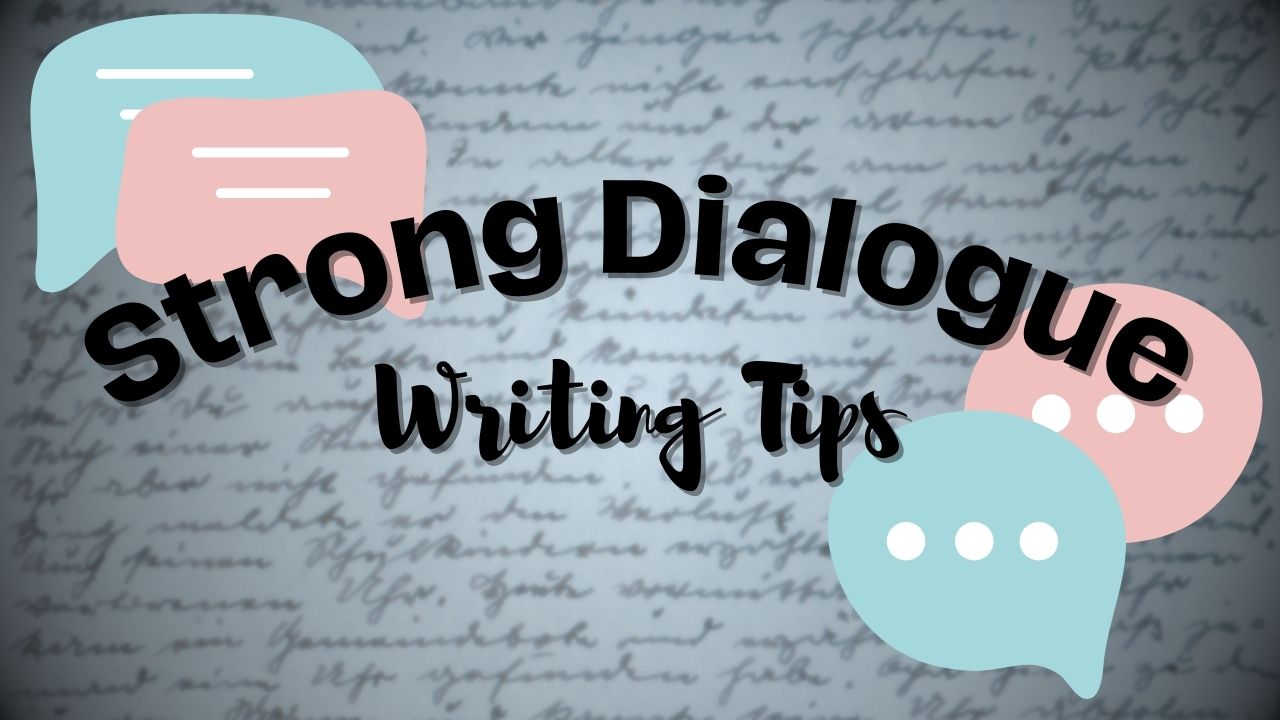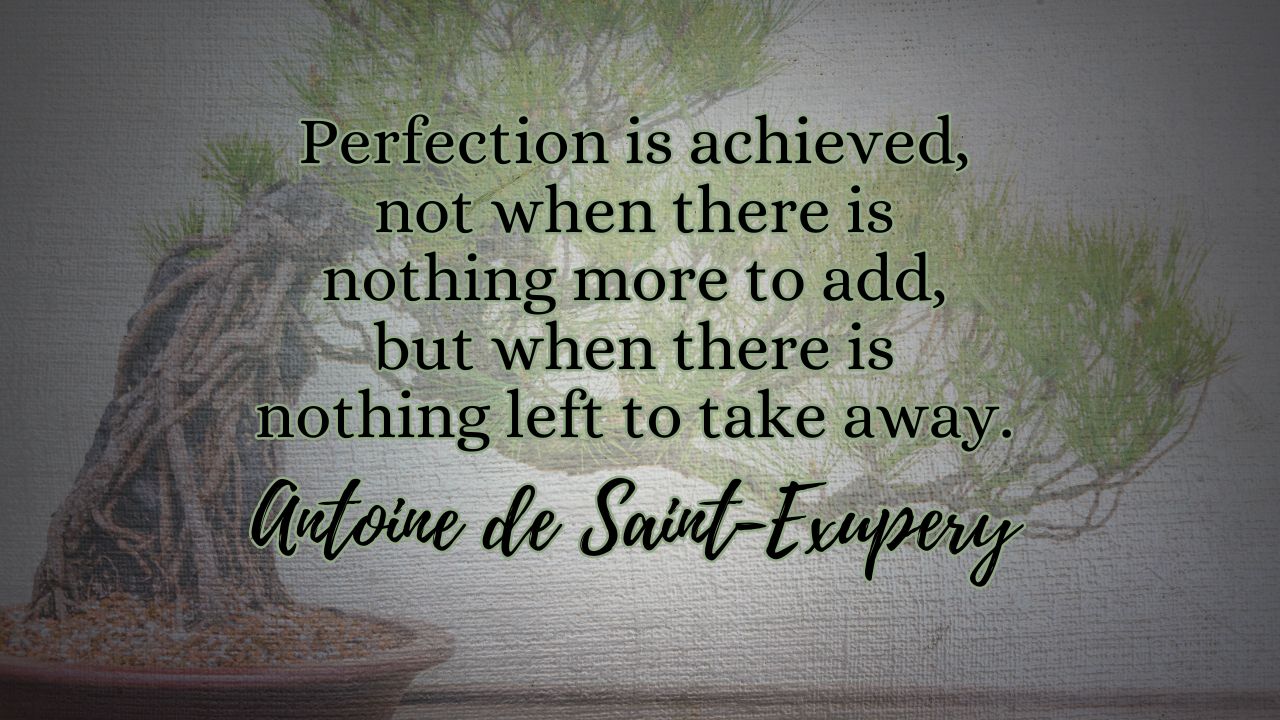Writing Tips - Strong Dialgue

My Expertise
Disclaimer up front…I don’t have any expertise in creating dialogue!
I am an avid reader, a budding writer, and absolutely terrified of crafting dialogue.
Most of my previous writing has been in the form of poems and songs. Guess what those forms have very little of. ;o)
I have written a single chapter here and there and an occasional micro-fiction story. All of that writing has little to no dialogue. Take a look at my recent “The Memory Tree” story…only the wee-est of bits!
So today, I went a-huntin’ for some tips!
Reedsy Dialogue Tips
Over the past few weeks, I have binged a great deal of YouTube videos on writing tips. I find that I come back to the Reedsy channel over and over. This morning I sipped my morning brew while watching an excellent video with excellent tips for writing strong dialogue. And, much like the first tip, they skip the small talk and deliver these gems in a tidy 10 minutes!
If you decide to just hop over and watch that video…I totally understand. Nothing like going straight to the source! And it is certainly worth the watch!
For easy reference (for my future self, who will also need to be able to find this info again!), here is a summary of the fantastic points from that video:
1. Skip the small talk
Cut to the chase. No need to have all of the greetings and formalities even though they may be realistic. Don’t weigh down the book. Cut the fluff.
Begin where the conversation actually gets interesting.
2. The 3 beat rule
The goal here is to try and keep a dialogue section to no more than 3 beats before an interruption.
- dialogue beat: a single phrase of speech that can be said in a single breath (Long sentences may have multiple beats.)
- interruption: dialogue tag (he/she/they said), action beat, another character’s dialogue
This is more of a guideline than a rule. You don’t need to try and follow this strictly, but it is something to measure if the story is feeling weighed down.
3. Use action beats
An action beat describes any sort of external movement as well as internal narrative. This keeps the story alive. We don’t want dialogue to read like a script.
This is a good thing to check on if the dialogue seems to be moving too fast.
They should enhance the dialogue. It can indicate tone and reveal subtext.
If you are struggling with a conversation, give the character something to do.
4. Don’t be afraid of “said”
Ignore the old “said is dead” advice. Most of the time, we really should just use “said”. It is interpreted by the reader as punctuation – it is “invisible” – and doesn’t break the flow of dialogue.
You can use other tags occasionally (asked, whispered, shouted) but most of the time, just use “said.”
5. Add variety
Make exceptions when they fit the story. Have several tips and tools in your dialogue toolbelt.
Keep a bit of variety in how many action beats you use. Don’t use them if they don’t add anything to the dialogue.
6. Be careful with exposition
Although we want to show and not tell, it is better to just tell a fact if needed instead of baking exposition in the dialogue.
Repeat: It is okay to have information in the narrative. We don’t want to stuff our stories full of facts, but even that is better than stiff, unnatural dialogue used to deliver that information. This is often referred to as “Maid and Butler” dialogue.
7. Use quirks in moderation
We want our characters to feel unique, but if every character seems constantly quirky they can all start feeling like caricatures instead of characters.
Try to only assign these trademark phrases to a couple of characters. Even then, don’t overuse them.
8. Integrate subtext
The ultimate key to good dialogue often isn’t in what the characters are saying, but what they’re not saying.
Here is where we abide by the “show don’t tell” rule. Try to paint a picture of the conversation through action beats, facial expressions, etc. This is the body language that we all depend on so much in “real” conversations.
The subtext seems to get more interesting as the characters develop their wants and motivations. These can be in conflict with what they say…which we “see” through the subtext.
9. Less is more
Dialogue is about quality, not quantity.
We all know those people who say 10 sentences when one will do in real life. (I mean…I might be one of those people!)
The great news is that through the power of editing, we can strip out all of those extra words that make our friend’s eyes glaze over.
Cut out all of the extra stuff. Don’t repeat yourself. Watch for constructs that you favor that might add extra dialogue that isn’t needed. In the video, Shaelin gives a great example where she found she was using a construct where character A would make a statement, character B would say, “What?”, and then character A would say it again.
It is amazing how we can adopt these little building blocks that we don’t even know we have until we start to edit them out!
According to playwrights:
In your first draft, you probably write 3 lines of dialogue for every one line you need.
Kick out the introductory phrases, and trailing responses or repetition.
My takeaway
Dialogue is still going to be hard and weird to write.
Just write it. Let what comes to your head come out on your paper.
Then edit. Edit, edit, edit. Take out anything that feels forced or unnatural. Take out anything not needed for the plot.
Make sure there is plenty of imagery woven in with the dialogue. Paint that mental picture with action and give the readers everything they need to really “get” the subtext!

Many thanks!
Many thanks to Reedsy for their treasure trove of writing tips, both on the site and on their YouTube channel.
And a big thank you to YOU for reading this article!
Bunches of love,
Mimi Whimsy
But what about…?
Have an idea or request?
Leave a comment or give me a shout (so many options!) to add it to the queue!